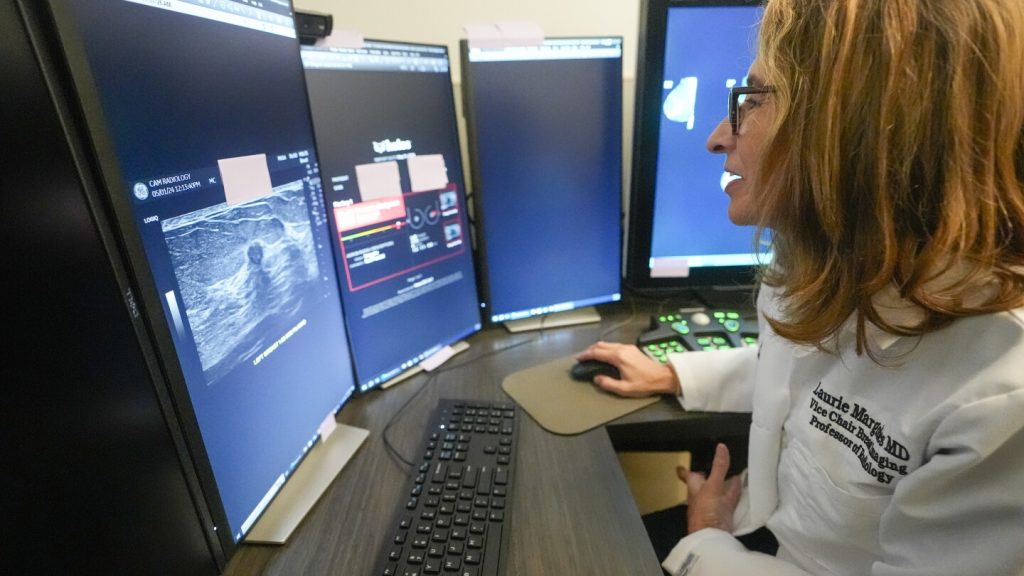As AI technology continues to advance, the role of radiologists in healthcare is being questioned. While some see AI as a tool that can enhance their work and improve efficiency, others worry about the potential for AI to completely replace radiologists. Radiologists have been using computers to assist in interpreting scans and identifying suspicious areas for decades, but the latest AI programs can now offer diagnoses and even draft reports based on their findings. However, there are concerns about the lack of transparency in how these algorithms work and whether they have been tested in real-world settings with patient demographics similar to those seen in clinical practice.
Despite the FDA approving over 700 AI algorithms to aid physicians in various medical fields, only a small percentage of radiology practices have adopted this technology. Radiologists are hesitant to fully embrace AI due to concerns about limited testing, lack of transparency, and questions about the demographic data used to train these algorithms. While the potential for cost savings and improved accuracy is significant, many radiologists are not yet comfortable handing over routine tasks to AI. Additionally, there are legal and ethical issues surrounding liability in cases where an automated algorithm misses a diagnosis, which further complicates the integration of AI into radiology practice.
In Europe, the first fully automatic software that reviews and writes reports for chest X-rays has been approved, highlighting the urgency for such technology in regions facing radiologist shortages. However, in the U.S., radiologists are still hesitant to fully rely on AI for diagnostics, preferring to maintain human oversight in the process. The need for radiologists to double-check AI determinations could potentially negate the predicted benefits of reduced workload and burnout. Until highly accurate and reliable AI systems emerge, radiologists will likely continue to play a critical role in the decision-making process for diagnosis and treatment.
Despite the potential benefits of AI-assisted radiology, concerns about trust, liability, and the need for radiologists to make final determinations persist. While early trials have shown promising results, with AI-assisted radiologists detecting more cancers than those working alone, the importance of human oversight remains crucial. The ultimate goal of AI in radiology is to enhance diagnostic accuracy and improve patient outcomes, but the balance between human expertise and AI assistance must be carefully managed to ensure patient safety and maintain the trust of healthcare providers and patients alike.
As AI technology continues to evolve, the healthcare industry will need to navigate the complexities of integrating AI into various medical fields, including radiology. While the potential benefits of AI in terms of efficiency and accuracy are clear, radiologists must carefully consider the implications of fully relying on AI for diagnostic purposes. As the field of radiology continues to evolve, finding the right balance between human expertise and AI assistance will be crucial in ensuring the delivery of high-quality healthcare to patients. The debate over the role of AI in radiology is ongoing, with experts emphasizing the importance of maintaining human oversight while leveraging the capabilities of AI to enhance diagnostic capabilities and improve patient care.


